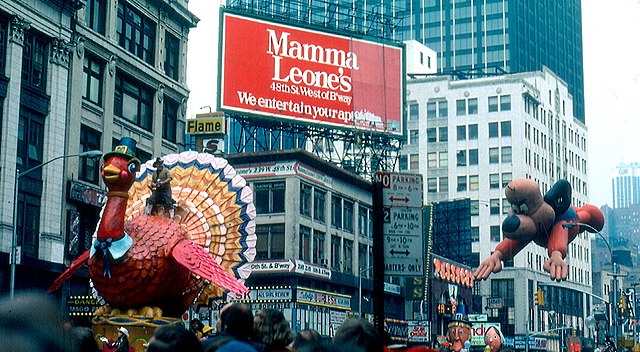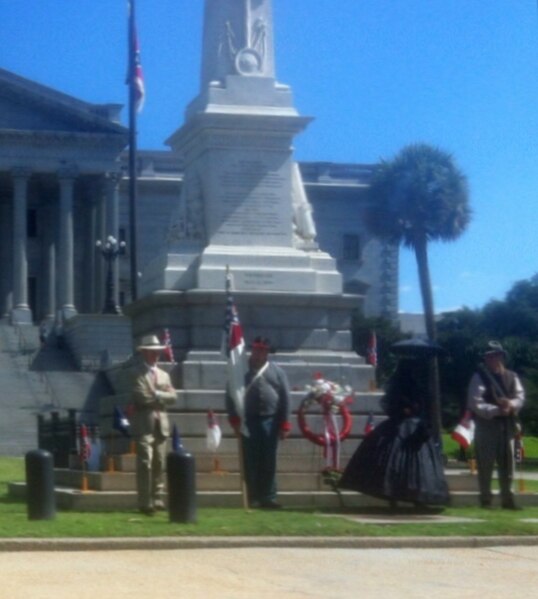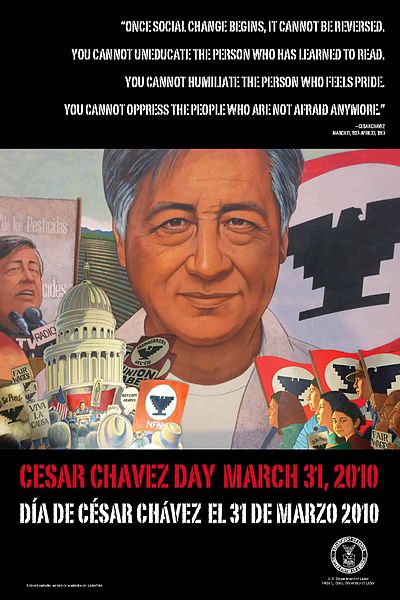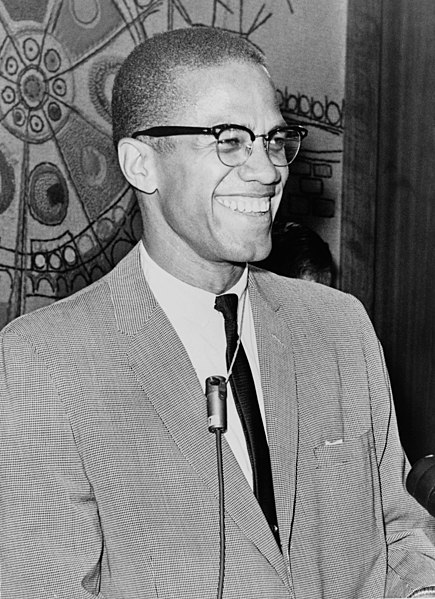Robert E. Lee Day is a state holiday in parts of the Southern US, commemorating the Confederate general Robert E. Lee. It is rooted in the rise of the Lost Cause myth prevalent throughout the Southern United States, as Lee was a central figure in Lost Cause mythology due to his social status, military exploits, and personality.
Robert E. Lee in 1870
Holidays with paid time off in the United States
In the United States there are a number of observed holidays where employees receive paid time off. The labor force in the United States comprises about 62% of the general population. In the United States, 97% of the private sector businesses determine what days this sector of the population gets paid time off, according to a study by the Society for Human Resource Management. The following holidays are observed by the majority of US businesses with paid time off: New Year's Day, New Year's Eve, Memorial Day, Independence Day, Labor Day, Thanksgiving, the day after known as Black Friday, Christmas Eve and Christmas. There are also numerous holidays on the state and local level that are observed to varying degrees.
The 1979 Macy's Thanksgiving Day Parade
Confederate Memorial Day observance in Columbia, SC
César Chávez Day poster
Illinois is the first state to declare Malcolm X Day a holiday only in 2015. Today, the holiday is only official in Berkeley, California since 1979 with city offices closed.





